Collaborative Learning
How collaborative learning unlocks knowledge sharing so that high-performing teams get shared understanding

Product
Use Cases
Resources
Company
×
How collaborative learning unlocks knowledge sharing so that high-performing teams get shared understanding
